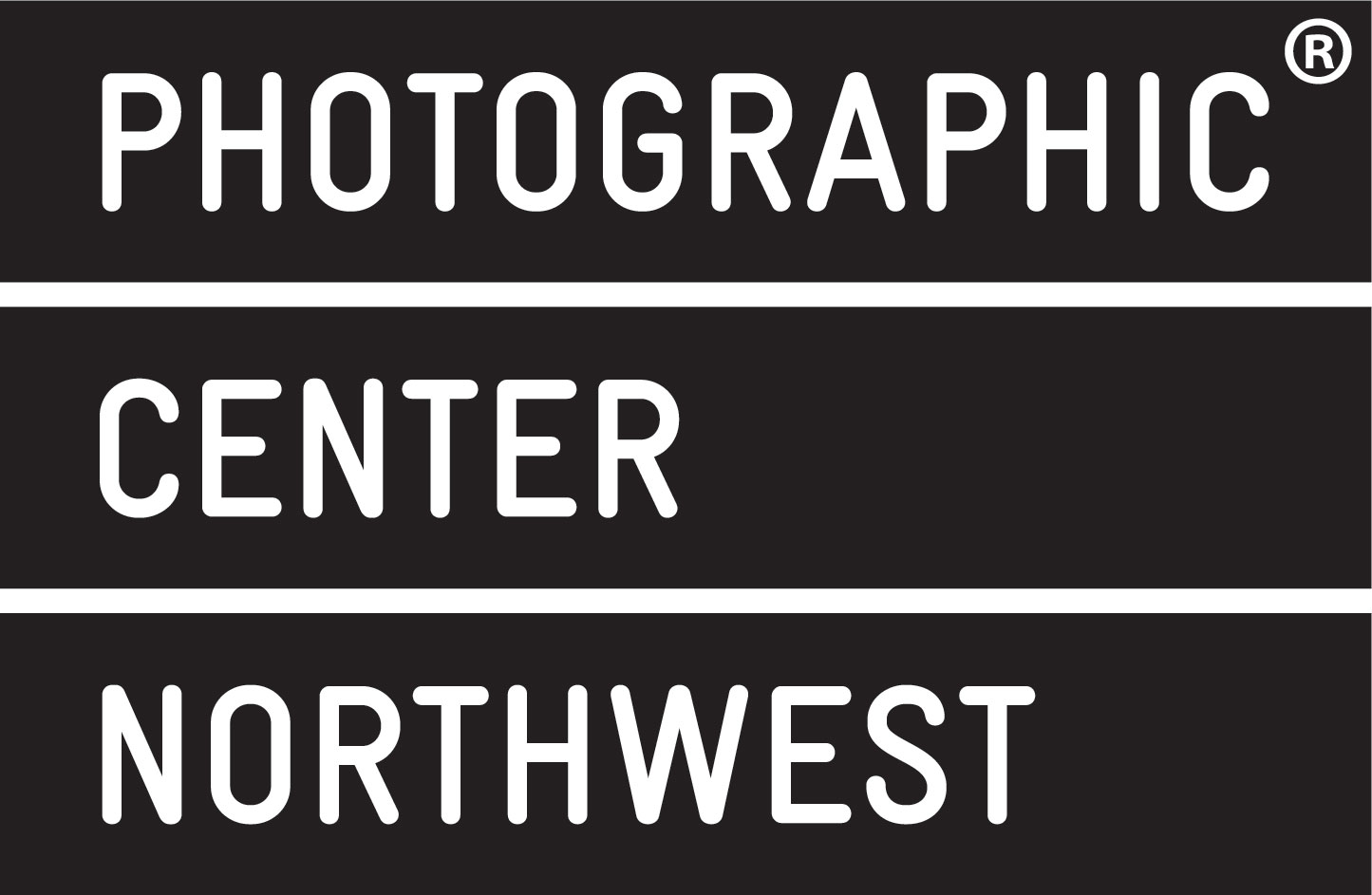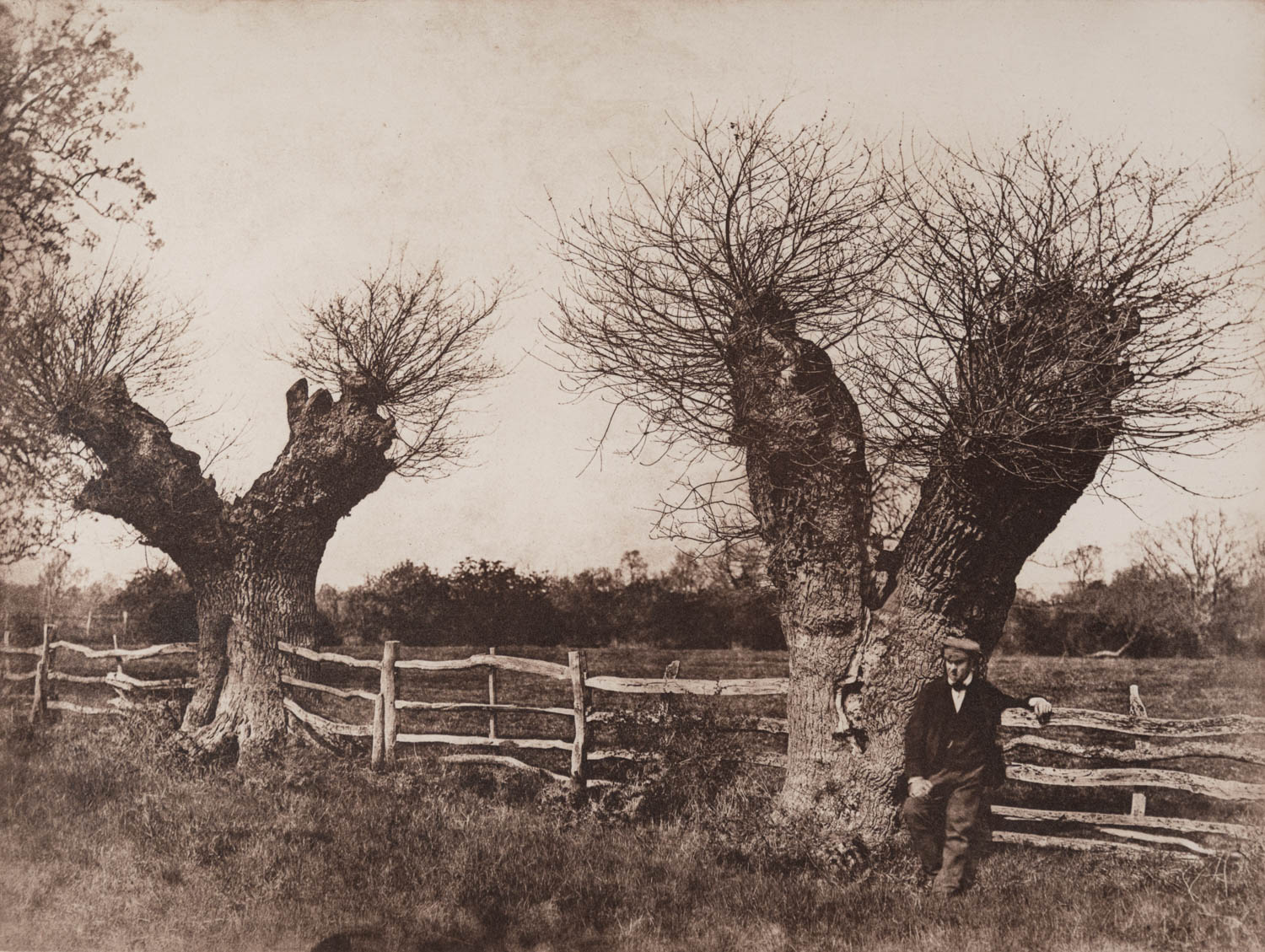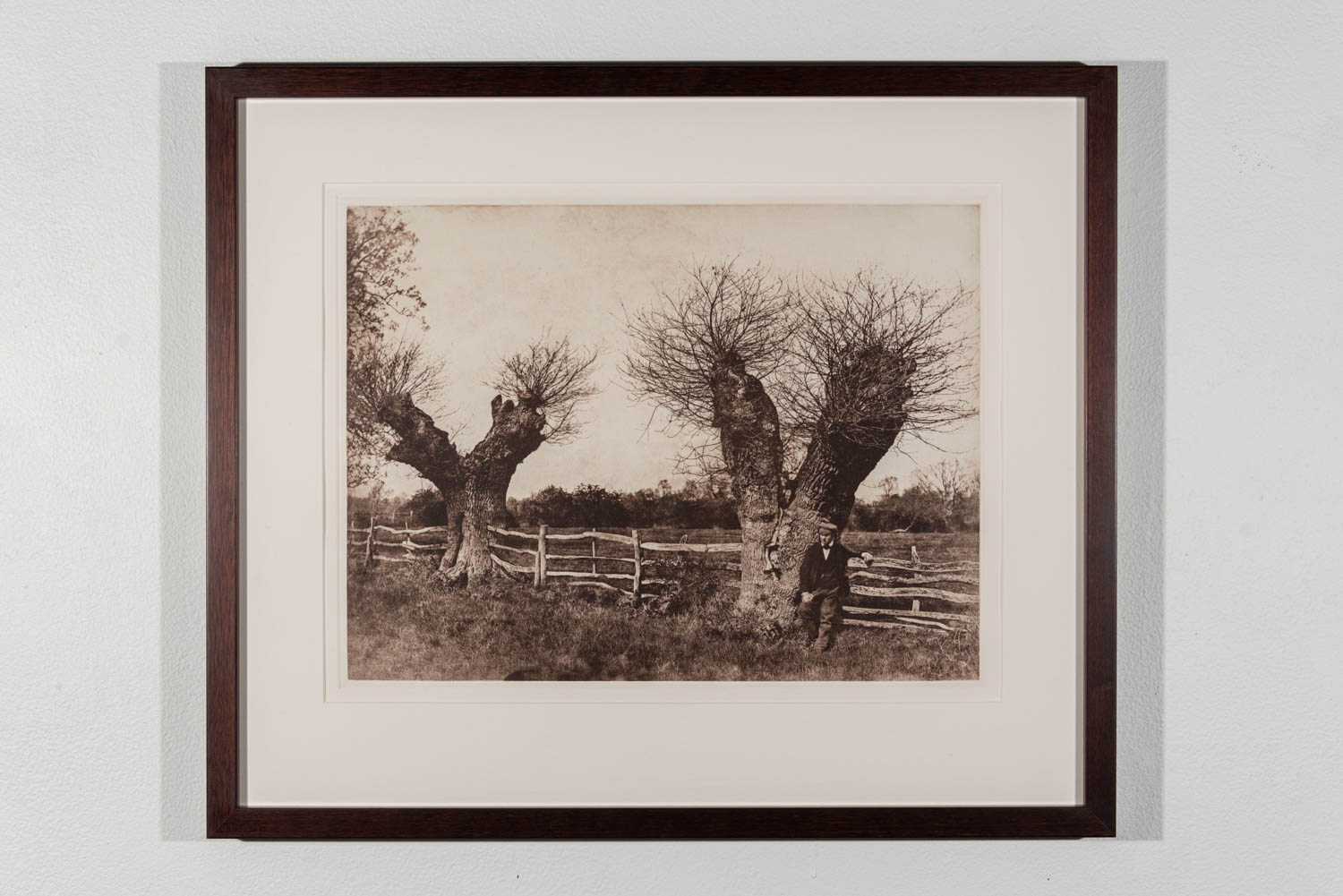Benjamin Brecknell Turner
Hedgerow at Clerkenleap, 1852-1854
Photogravure from waxed paper negative (Collection of André Jammes, Paris)
11.5 x 15 inches, framed to 18 x 21.5 inches
Edition of 300 produced as part of “The Golden Age of British Photography” portfolio (Aperture Foundation, with the Victoria and Albert Museum and the Philadelphia Museum of Art)
Retail value $950
Courtesy Caryl Baron and framing courtesy Artech Fine Art Services
According to reliable family records, B. B. Turner began photographing in 1849. He began by using Talbot’s calotype process, and his early photographs are about the same size as those of other calotypists of the 1840s – about 6 x 8 inches. In 1851 the major art photographer Gustave Le Gray of Paris introduced an important variant of Talbot’s invention that involved waxing the paper before sensitizing. With Le Gray’s “waxed paper process” negtives were more transparent, had better keeping properties (a feature that became crucial for traveling photographers), recorded finer detail, and could be made at a larger scale than the calotype. Turner, the great master of British landscape of the early 1850s, used the waxed paper negative at a size that made possible prints of exhibtion scale, as in the example here. Exposures were often long – fifteen minutes or more – and figure are therefore rare in Turner’s work.
Turner exhibited his work at the first exhibition of photography ever organized, an impressive international display mounted by the Society of Arts in London in 1852. A contemporary reviewer in the London Times (31 December, 1852) placed Turner “among our best photographer,” but his work was sadly neglected for many years, to be rediscovered only recently by scholars in London and Paris.



